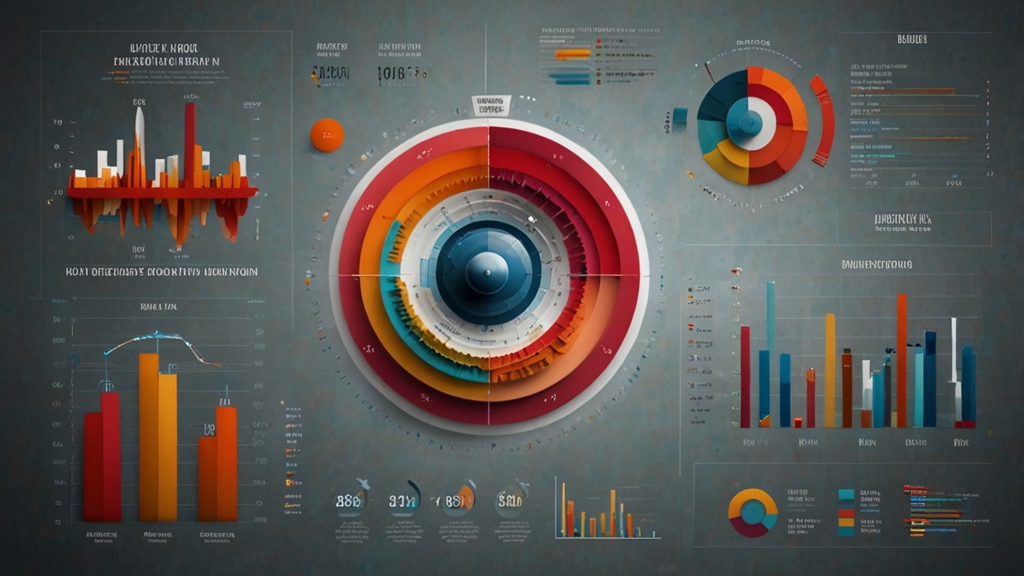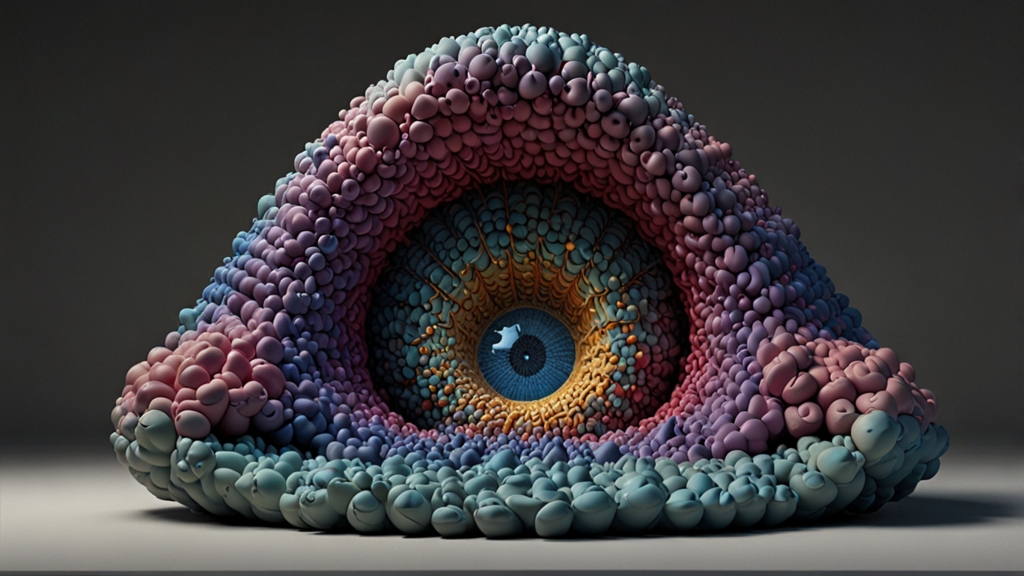Why UX Design is Everything in Mobile App Development
In the rapidly evolving world of mobile apps, User Experience (UX) design has emerged as the cornerstone of successful app development. While the concept of UX isn't new, its importance in the mobile app ecosystem cannot be overstated. A great UX design can mean the difference between an app that thrives and one that fades into obscurity. Here's why UX design is everything in mobile app development.
The First Impression Matters
Anyone who has ever downloaded an app knows that the first impression is critical. Users form opinions quickly, often within seconds of opening an app for the first time. A well-designed UX can immediately communicate the app's value, ease of use, and reliability. Conversely, a poor initial experience can lead to immediate uninstallation.
"You never get a second chance to make a first impression." – Will Rogers
Enhancing Usability
Usability is a fundamental aspect of UX design. A beautifully designed app is useless if it’s not easy to navigate or understand. Effective UX design focuses on creating intuitive and straightforward navigation paths, reducing the learning curve, and ensuring that users can achieve their objectives efficiently.
Whether it’s through simplifying complex tasks or intuitive gesture controls, a focus on usability can significantly enhance a user's experience, making them more likely to return to the app and recommend it to others.
Building Emotional Connection
UX design isn't just about making an app functional; it's also about creating an emotional connection with the user. This can be done through thoughtful design elements like color schemes, typography, and interactive elements. A positive emotional connection can lead to increased user loyalty and word-of-mouth referrals.
For example, a fitness app that provides personalized motivational messages and progress tracking can create a sense of achievement and encouragement, making users more likely to stick with their fitness goals—and the app.
Boosting Engagement
An engaging app keeps users coming back. UX design plays a significant role in crafting interactive experiences that make users want to engage with the app repeatedly. By incorporating elements such as gamification, personalized content, and social sharing features, developers can enhance user engagement and retention.
"Design is not just what it looks like and feels like. Design is how it works." – Steve Jobs
Reducing Development Costs
Investing in robust UX design from the beginning can save significant time and resources in the long run. A well-designed UX can reduce the need for frequent updates and fixes, lowering overall development costs. When an app is designed with the user in mind, the likelihood of encountering major usability issues post-launch diminishes considerably.
Improving Conversion Rates
For apps with monetization strategies, such as in-app purchases or subscriptions, UX design is crucial for maximizing conversion rates. A seamless and intuitive purchase flow can make the difference between a user purchasing or abandoning their cart. Clear calls-to-action, streamlined checkout processes, and secure payment methods all contribute to higher conversion rates.
Ensuring Accessibility
Accessibility is an essential component of modern UX design. Designing an app to be accessible to users with disabilities not only broadens the potential user base but also demonstrates a commitment to inclusivity. Features such as voice commands, screen readers, and customizable display settings can make an app more user-friendly for everyone.
By prioritizing accessibility in UX design, developers can ensure that their app can be enjoyed by as many people as possible, enhancing its reach and impact.
Conclusion
In the competitive landscape of mobile app development, UX design stands out as a decisive factor in determining an app's success. From making a great first impression and enhancing usability to building emotional connections and boosting engagement, the impact of a well-crafted UX is far-reaching. By prioritizing UX design, developers can create apps that not only meet user needs but also provide delightful and memorable experiences, ensuring long-term success in an ever-evolving market.
"People ignore design that ignores people." – Frank Chimero
Ultimately, UX design is not just a component of mobile app development; it is the very essence of it. An app that fails to address UX considerations is unlikely to thrive, no matter how innovative its features may be. By understanding and prioritizing the core principles of UX design, developers can create mobile apps that resonate deeply with users, driving engagement, loyalty, and success.











